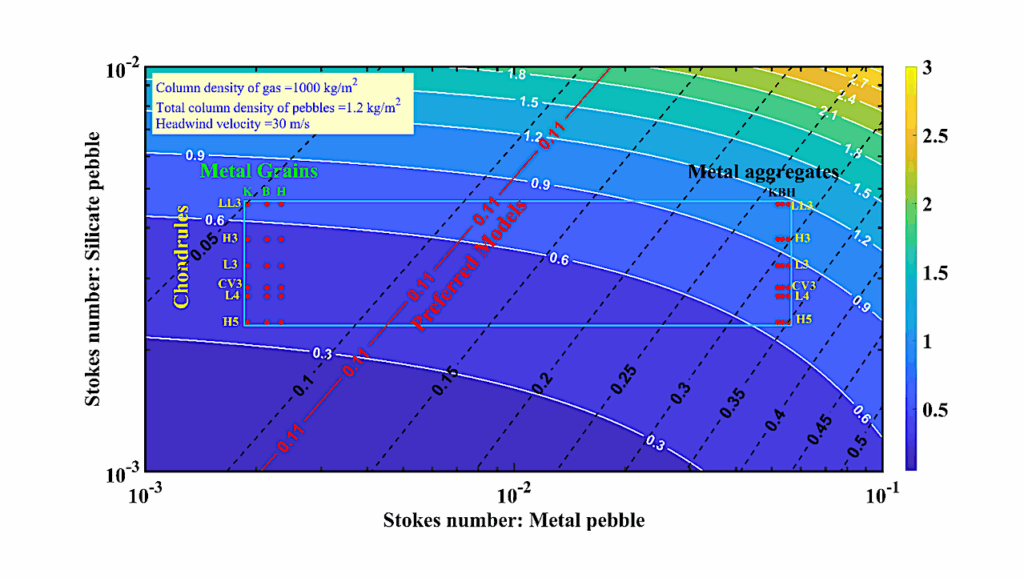Tides, planetary companions, and habitability: Habitability in the habitable zone of low-mass stars

Earth-scale planets in the classical habitable zone (HZ) are more likely to be habitable if they possess active geophysics.
Without a constant internal energy source, planets cool as they age, eventually terminating tectonic activity and rendering the planet sterile to life. However, for planets orbiting low-mass stars, the presence of an outer companion could generate enough tidal heat in the HZ planet to prevent such cooling. The range of mass and orbital parameters for the companion that give adequate long-term heating of the inner HZ planet, while avoiding very early total desiccation, is probably substantial.
We locate the ideal location for the outer of a pair of planets, under the assumption that the inner planet has the same incident flux as Earth, orbiting example stars: a generic late M dwarf ( T eff =2670K ) and the M9V/L0 dwarf DEN1048. Thus discoveries of Earth-scale planets in the HZ zone of old small stars should be followed by searches for outer companion planets that might be essential for current habitability.
Christa Van Laerhoven, Rory Barnes, Richard Greenberg (Submitted on 28 Jan 2014)
Comments: Submitted to Monthly Notices of the Royal Astronomical Society; 12 pages, 9 figures
Subjects: Earth and Planetary Astrophysics (astro-ph.EP)
Cite as: arXiv:1401.7221 [astro-ph.EP] (or arXiv:1401.7221v1 [astro-ph.EP] for this version) Submission history
From: Christa Van Laerhoven [view email] [v1] Tue, 28 Jan 2014 15:33:03 GMT (2420kb)








